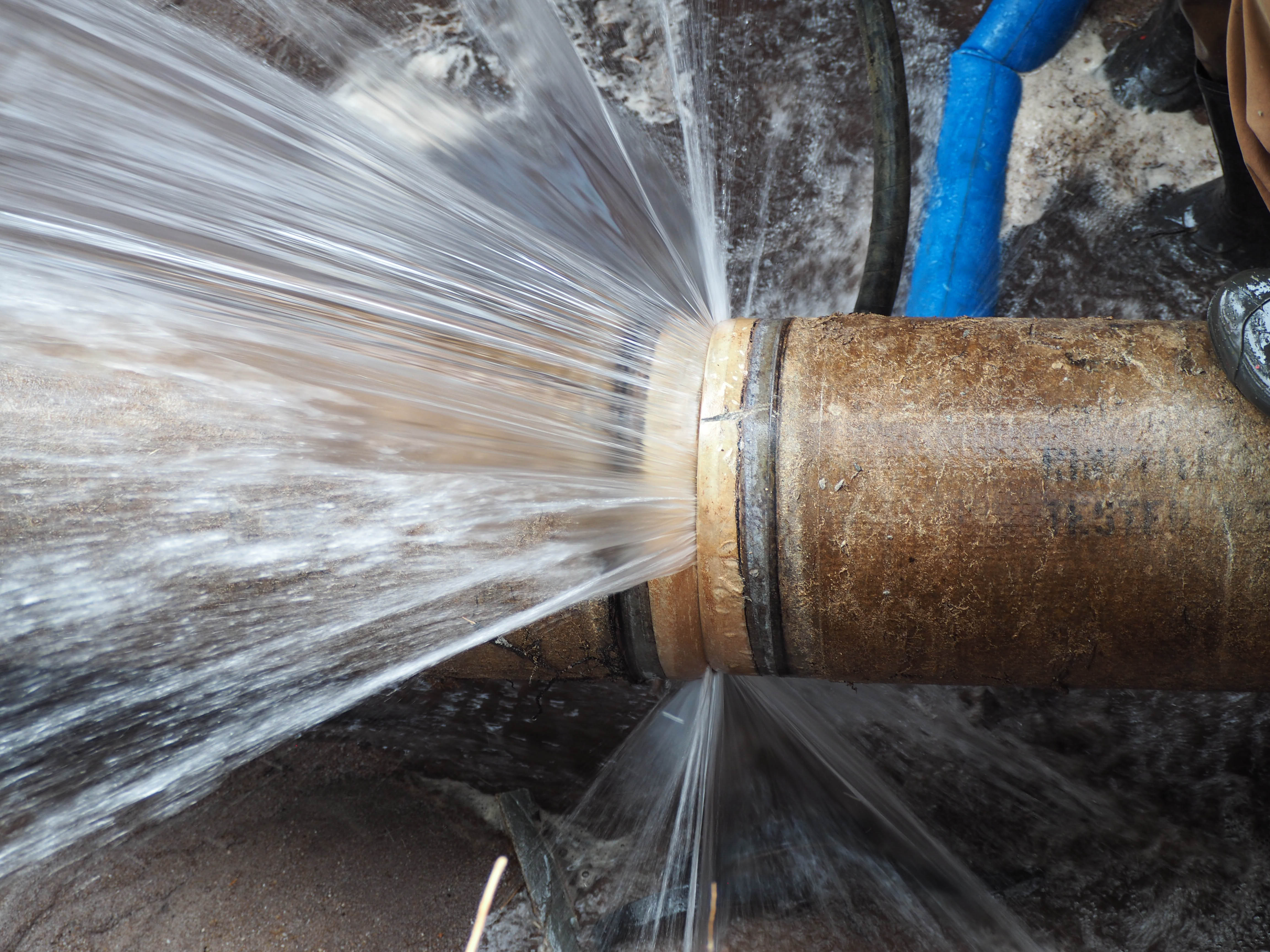Tips to Safeguard Your Pipes from Freezing: Specialist Tips
Tips to Safeguard Your Pipes from Freezing: Specialist Tips
Blog Article
The content down below on the subject of Winter Plumbing Precautions: Preventing Frozen Pipes is quite fascinating. Don't miss out on it.

Cold weather can ruin your plumbing, particularly by freezing pipelines. Right here's how to avoid it from taking place and what to do if it does.
Introduction
As temperatures decline, the risk of frozen pipes rises, potentially resulting in pricey repair services and water damages. Comprehending how to avoid icy pipelines is critical for home owners in cool climates.
Prevention Tips
Shielding at risk pipes
Wrap pipelines in insulation sleeves or utilize warm tape to secure them from freezing temperature levels. Concentrate on pipes in unheated or external areas of the home.
Home heating techniques
Keep interior spaces effectively heated, especially areas with pipes. Open up closet doors to allow warm air to distribute around pipelines under sinks.
Just how to determine icy pipelines
Look for reduced water circulation from faucets, uncommon smells or sounds from pipelines, and noticeable frost on exposed pipelines.
Long-Term Solutions
Architectural adjustments
Consider rerouting pipes far from exterior walls or unheated areas. Include additional insulation to attics, basements, and crawl spaces.
Updating insulation
Buy top notch insulation for pipelines, attics, and wall surfaces. Correct insulation helps maintain regular temperatures and minimizes the danger of frozen pipes.
Shielding Exterior Pipes
Yard hose pipes and outside taps
Detach and drain yard tubes prior to winter season. Install frost-proof spigots or cover exterior taps with protected caps.
Understanding Icy Pipes
What causes pipelines to freeze?
Pipelines ice up when subjected to temperatures below 32 ° F (0 ° C) for expanded periods. As water inside the pipes ices up, it broadens, putting pressure on the pipeline wall surfaces and potentially causing them to rupture.
Threats and problems
Icy pipelines can lead to water system interruptions, property damage, and expensive repair work. Burst pipes can flooding homes and cause extensive architectural damage.
Indications of Frozen Piping
Recognizing frozen pipelines early can prevent them from rupturing.
What to Do If Your Pipes Freeze
Immediate activities to take
If you think frozen pipelines, maintain faucets open up to alleviate stress as the ice thaws. Make use of a hairdryer or towels soaked in hot water to thaw pipelines gradually.
Verdict
Stopping icy pipes needs aggressive procedures and quick responses. By comprehending the reasons, signs, and preventive measures, property owners can protect their plumbing during winter.
5 Ways to Prevent Frozen Pipes
Drain Outdoor Faucets and Disconnect Hoses
First, close the shut-off valve that controls the flow of water in the pipe to your outdoor faucet. Then, head outside to disconnect and drain your hose and open the outdoor faucet to allow the water to completely drain out of the line. Turn off the faucet when done. Finally, head back to the shut-off valve and drain the remaining water inside the pipe into a bucket or container. Additionally, if you have a home irrigation system, you should consider hiring an expert to clear the system of water each year.
Insulate Pipes
One of the best and most cost-effective methods for preventing frozen water pipes is to wrap your pipes with insulation. This is especially important for areas in your home that aren’t exposed to heat, such as an attic. We suggest using foam sleeves, which can typically be found at your local hardware store.
Keep Heat Running at 65
Your pipes are located inside your walls, and the temperature there is much colder than the rest of the house. To prevent your pipes from freezing, The Insurance Information Institute suggests that you keep your home heated to at least 65 degrees, even when traveling. You may want to invest in smart devices that can keep an eye on the temperature in your home while you’re away.
Leave Water Dripping
Moving water — even a small trickle — can prevent ice from forming inside your pipes. When freezing temps are imminent, start a drip of water from all faucets that serve exposed pipes. Leaving a few faucets running will also help relieve pressure inside the pipes and help prevent a rupture if the water inside freezes.
Open Cupboard Doors
Warm your kitchen and bathroom pipes by opening cupboards and vanities. You should also leave your interior doors ajar to help warm air circulate evenly throughout your home.

Do you enjoy reading up on How to prepare your home plumbing for winter weather? Make a comment down the page. We would be glad to know your feelings about this post. In hopes to see you back again in the future. Feel free to take the opportunity to promote this blog posting if you enjoyed it. Thanks a lot for going through it.
Suggested Site Report this page